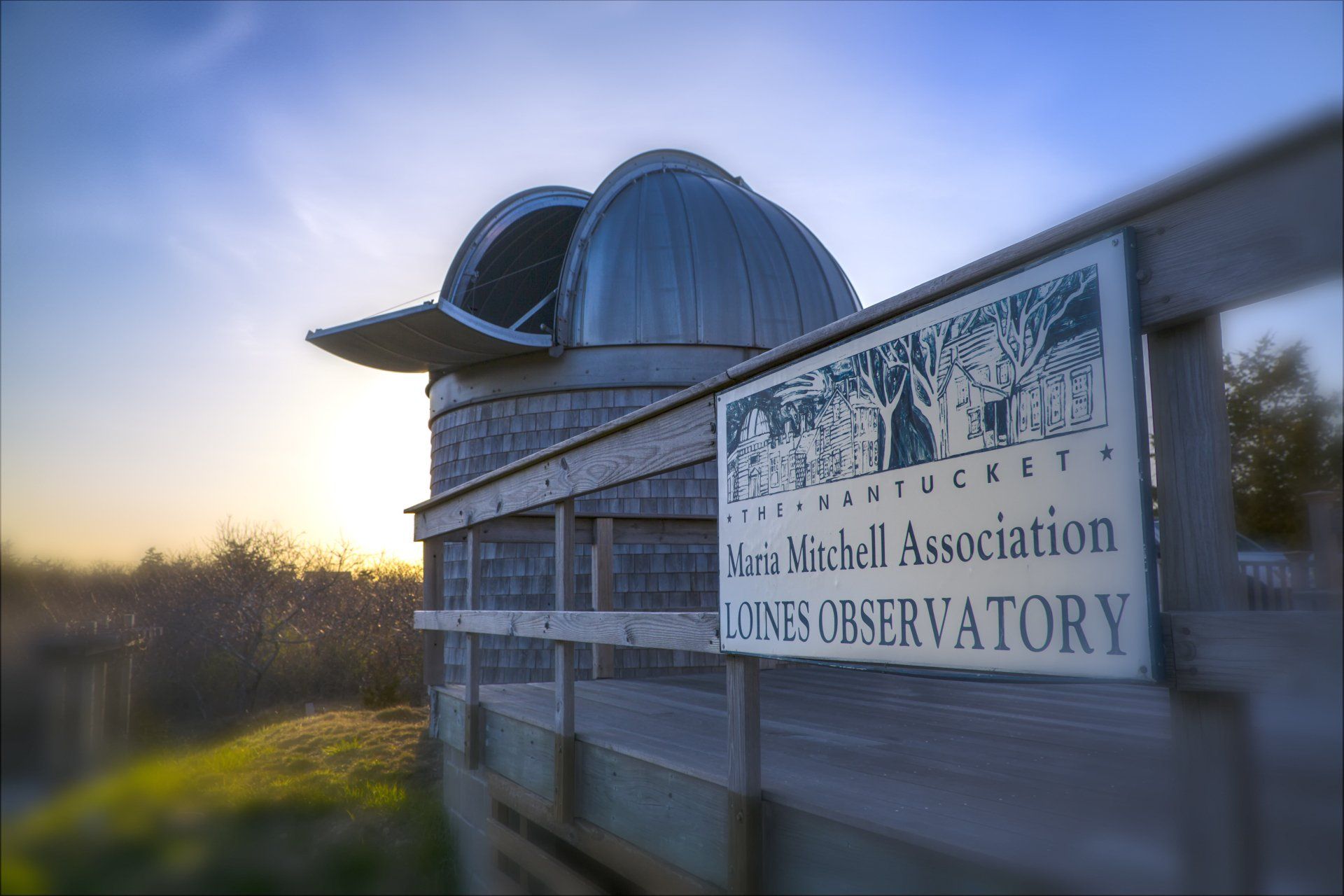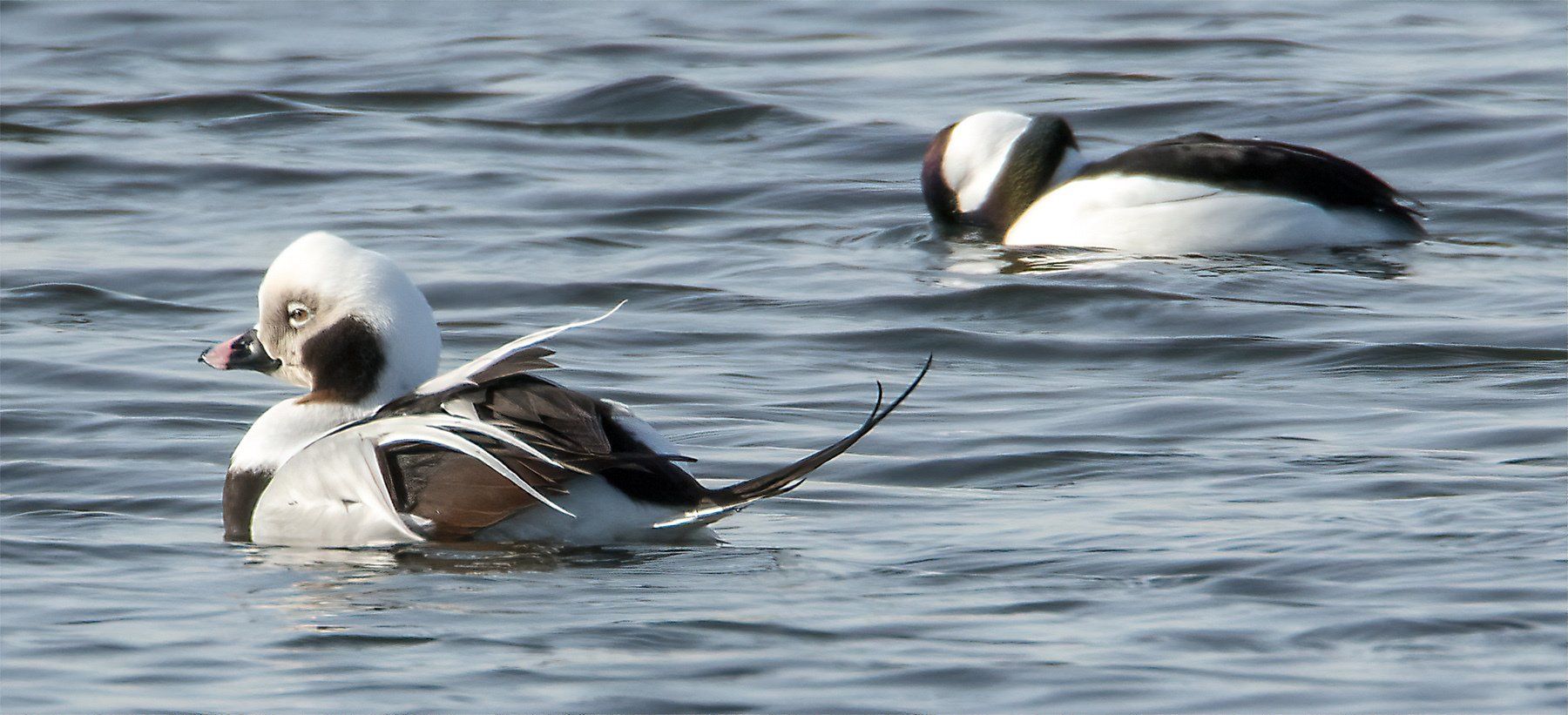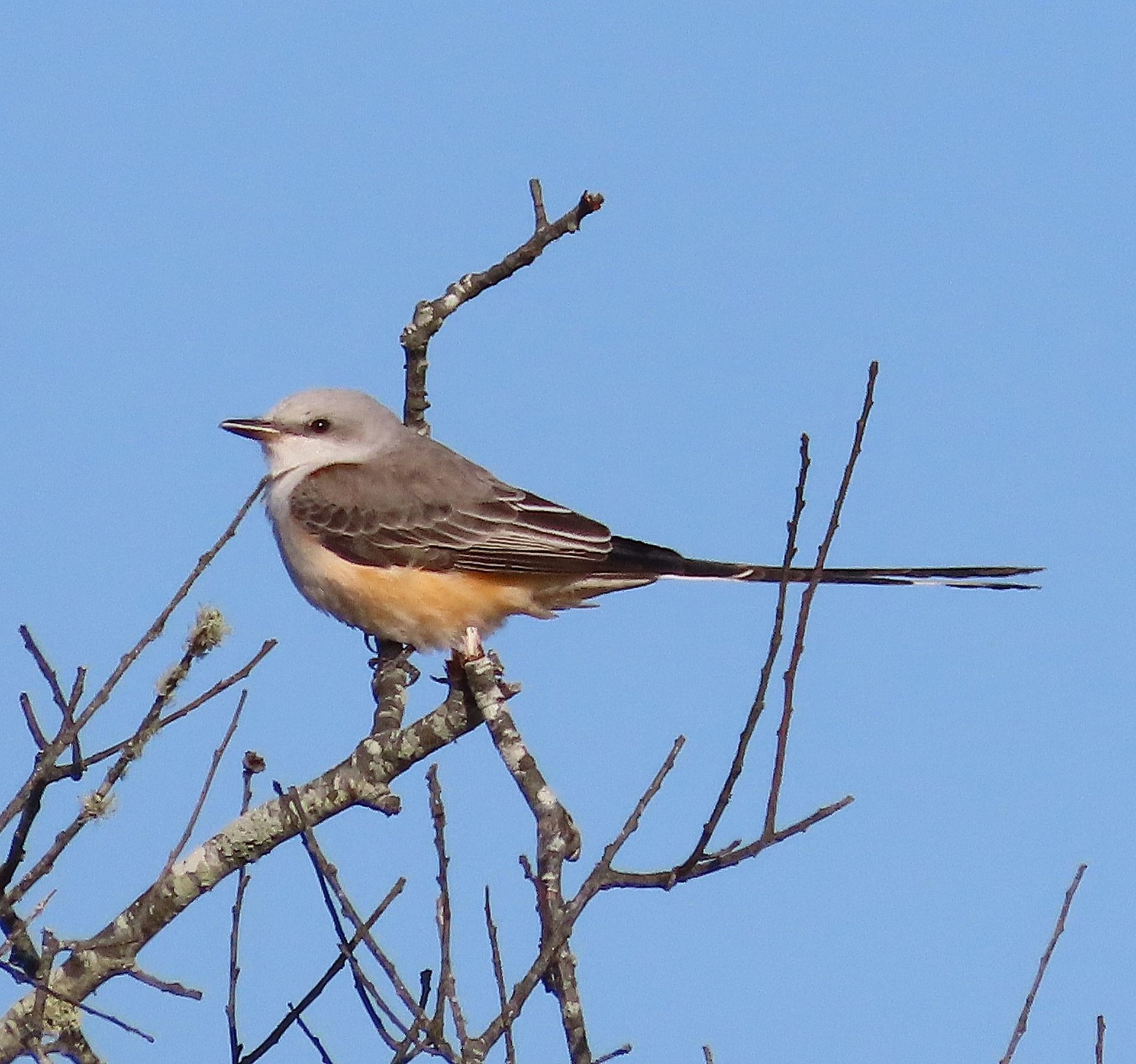Keep Calm and Bird On: November 2022
“If you don’t look, you don’t see. You have to go and look.”
-Edith Andrews
More and more of our winter ducks will be arriving every day as the season progresses, providing whole new bird pictures in our ponds and marshes, as well as out to sea.
One species we wonder about every year around Thanksgiving is the Long-tailed Duck, formerly called Oldsquaws. Twice in living memory they have been one of the world’s great wildlife spectacles, with hundreds of thousands of birds flying, flowing, river-like, past Madaket beach at sunset. Big flights occurred in the 1980’s and early 2000’s. It was estimated to be perhaps 10% of the total world population. In recent years, only handfuls have turned up, and these often well offshore and requiring high-power optics to see. There are always a few; but will we see those flights again? Perhaps, if there is food enough on Nantucket shoals to make it worth their commute. They were eating gamminid amphipods, researchers found. So, the birds will also tell us something about what else might be happening out there in the ocean.
For another example, if 10,000 Common Eiders gather on one particular shoal day after day, that’s a pretty good indication that there is a significant food supply there. Common Eiders are fond of Blue Mussels, swallowing them shell and all, grinding them up in the powerful muscles of their crop. If strange gobs of ground-up mussel shells appear, decorating an ocean beach, there’s another clue.
Equally interesting are stragglers from summer or early fall, staying later, or migrating later than expected. They can give a picture of changes to our north, as well as telling us something about our own territory. There’s always something to look at, and think about, regardless of the date, or the weather.
Recent Posts





